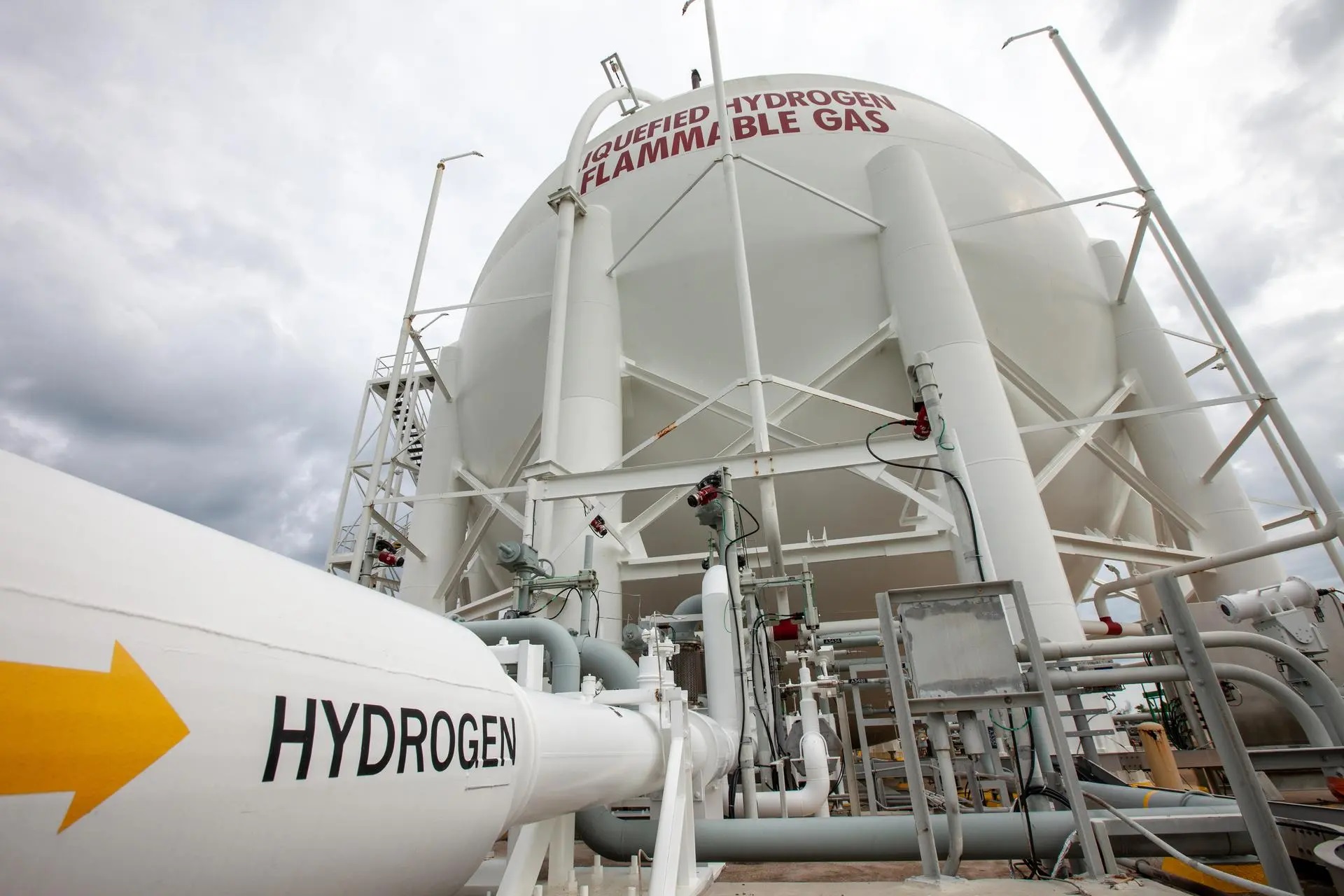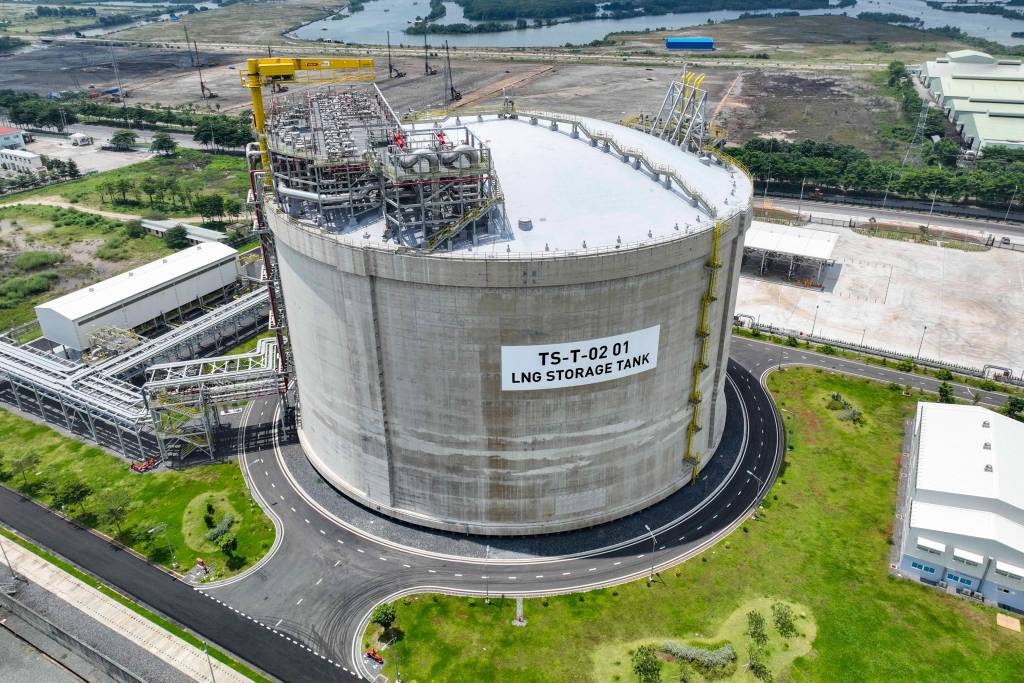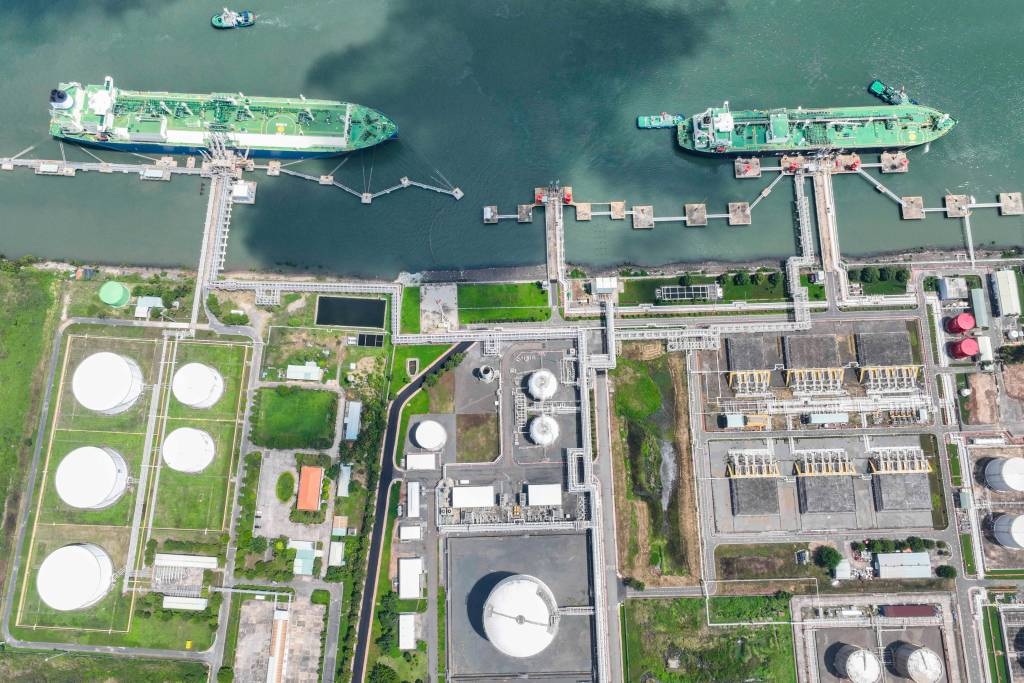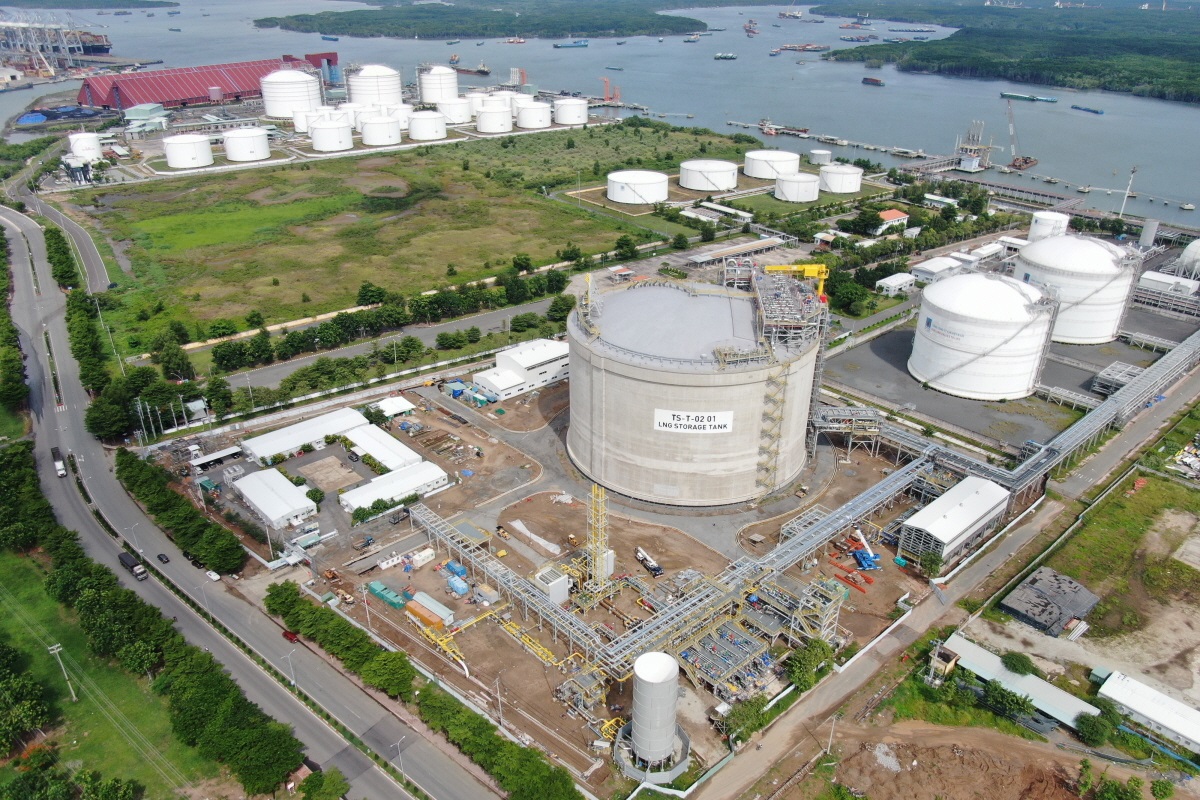Hydrogen is a gas, the most plentiful element in the universe. Because hydrogen is an important source of energy that is carbon free and therefore doesn’t emit pollutants, its production and storage are becoming more valued worldwide.
Let’s learn about the growing importance of hydrogen and what Samsung C&T is doing to make storage of hydrogen easier, thanks to a certification it recently received for a design for the world’s largest hydrogen storage facility.

Liquefied hydrogen market
With the growing rise of the importance of hydrogen as a clean source of fuel, its market size and value is expanding. In 2021, according to the International Energy Agency (IEA), global demand for hydrogen was 94 million tons. And Energy and Resource Security (EUCERS) sees that demand could surge to between 600 and 650 million tons by 2050.
In monetary terms, according to a recent report by a global market research firm, the global market for liquid hydrogen in 2022 was valued at US$39 billion. This is expected to reach US$66.3 billion by 2032, growing at a compound annual growth rate of 5.5 percent.
As part of the green energy transition, countries around the world have plans to ramp up the production and use of hydrogen as a fuel. For example, the United States Department of Energy has a road map that lays out opportunities for a supply of clean hydrogen that could reach 50 million tons by 2050. Meanwhile, Australia seeks to position itself as a global hydrogen leader of exporting hydrogen and decarbonizing local industries by the end of this decade. The Japanese government’s 2030 Hydrogen Strategy deals with not only hydrogen but also ammonia, a common carrier for hydrogen, and aims to increase the supply of both these gases from 2 million tons tenfold to 20 million tons by 2050, while reducing the supply cost. The Korean government has a blueprint to build 70 liquid hydrogen fueling stations for vehicles by 2030 and to establish clean hydrogen as 7.1 percent of the country’s energy mix by 2036.
Storing hydrogen
As both supply and demand continue to grow, companiesare looking for better ways to safely, stably, and efficiently store larger quantities of hydrogen. Like other gases, hydrogen can be stored in three different ways: as a compressed gas, in a liquefied form, or suspended in another chemical that acts as a carrier.
Perhaps the best method for moving or storing large quantities of a gas like hydrogen, ammonia, nitrogen, or natural gas is to lower its temperature to the point where it becomes a liquid. There are several reasons for this. The firs is that when a gas is liquefied, its volume decreases and density increases, allowing a larger amount of gas to stored in a storage container. Furthermore, a liquefied gas is easier and more cost-effective to transport, and it can be stored and handled more safely and stably.
The liquefaction point of hydrogen is low, at -252.8 degrees Celsius, so some energy must be expended to reach and maintain temperatures this cold, and good sealants are necessary to ensure that liquefied hydrogen does not evaporate or boil off.
Building bigger hydrogen storage facilities
Now, new technologies are being trialed to build large-sized liquefied hydrogen storage facilities using newer technologies that are more efficient. For example, in 2021 the world’s first receiving terminal for liquefied hydrogen was built in Japan. It has a usable capacity of 2,250 cubic meters.
A technique has recently been developed to make an even larger storage facility. Samsung C&T Engineering & Construction Group has received certification from Det Norske Veritas (DNV), an internationally accredited certification body, for a method to construct a cryogenic storage tank with the world’s largest capacity for liquefied hydrogen.
This certification is for a new design, created by Samsung C&T in collaboration with a British engineering firm, to enhance the stability of such a tank and to prevent unwanted boil off of liquefied hydrogen to its gaseous state.
This design means that hydrogen can be stored more efficiently. A tank with a 40,000 cubic meter capacity would be able to hold 2,800 tons of liquid hydrogen, enough to charge more than 500,000 hydrogen cars at once.
Samsung C&T’s greener future
The significance of this new certification for a very large liquefied hydrogen facility is that it adds to Samsung C&T E&C’s capacity to construct large-scale storage projects for not just hydrogen but also other important substances in the energy supply chain, such as LNG.
Using this liquefied hydrogen storage tank certification from DNV and consolidating its design capabilities, Samsung C&T plans to accelerate the expansion of its business across the value chain, from development to production, storage, and transportation of green hydrogen and ammonia, which are emerging as next-generation eco-friendly energy sources.
Samsung C&T expects that this latest certification will be a driving force in promoting the company’s future green business and plans to continue to develop technologies to secure business competitiveness. Some big projects that Samsung C&T E&C Group is already involved in are the Qatar LNG facilities and the Vietnam Thi Vai LNG terminal. And as a result, the Group’s capabilities are receiving international recognition in storage tank-related businesses.













